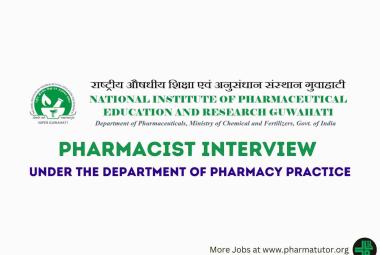Innovations, newer techniques and recent advances in cancer treatment - a review
 About Authors:
About Authors:
Nishant Gupta
Department of pharmaceutics,
B.N. College of pharmacy,
Udaipur-313002,
Rajasthan
ABSTRACT:
Cancer is the leading cause of death in the United States among people younger than 85 years, and for the first time has surpassed heart disease as the number one killer. This worrisome statistic has resulted not from an increase in the incidence of cancer, but because deaths from heart disease have dropped nearly in half while the number of cancer-related deaths has remained about the same. This fact accentuates the need for a new generation of more effective therapies for cancer. Cancer patients are typically exposed to chemotherapy and radiation therapy in separate treatment rounds, doubling their emotional and physical stress. Biopharmaceutical researchers are now working on 887 medicines for cancer, according to a new report by the Pharmaceutical Research and Manufacturers of America (PhRMA). Many are high-tech weapons to fight the disease, while some involve innovative research into using existing medicines in new ways. Few things cause patients more fear and apprehension than a cancer diagnosis. But today—because of early detection and a steady stream of new and improved treatments—cancer increasingly can be managed and even beaten.



 About Authors:
About Authors:







.png)

